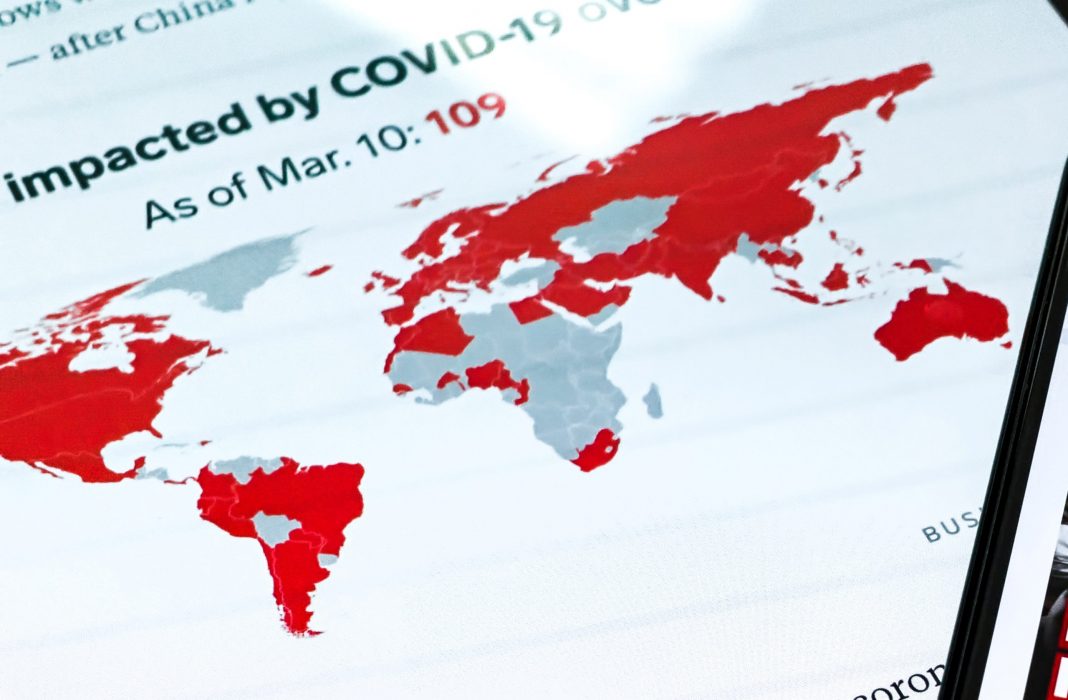I’ll keep this post short and sweet because you, like me probably only have 3 minutes of free time to read this between keeping up with working from home and entertaining the kids.
Recessions of Christmas Past
I’ve been reading a lot of articles these days theorizing we are about to enter and experience the worst recession since the Great Depression. Here are some of the articles I’ve come across just today:
Bank of Canada unleashes billions to aid economy in what will likely be most severe recession ever
Statistics Canada for first time ever releases GDP data early – and it’s the worst on record
Stimulus will not prevent the next leg down in U.S stocks
The greatest disconnect between stocks and the economy in history
Now most of us were not around for the Great Depression so we don’t really understand how bad the economy was. Most of us did experience the Great Recession in 2009. Millions of people lost their jobs and their homes. Retirement savings were wiped out. Banks and major corporations failed.
What Constitutes a Recession?
Economists use specific indicators to know if the economy is in a recession. More specifically, a recession is defined based on the following:
- Significant decline in economic activity (can be measured by GDP) for about two consecutive quarters (about six months)
- Decline in personal income
- Increase in unemployment
- Decline in production (e.g. auto manufacturers)
If we look at the current situation, we can see that a few of those indicators are trending including:
- Increase in unemployment – over one million people lost their jobs in the month of March alone. Canada’s unemployment rate increased to 7.8%.
- Decline in personal income – this will re
- Decline in production – this is going to be one we will see in a couple of months. Back in 2009 auto manufacturers decreased production amounts. Over the last month manufacturing plants had to completely close to prevent infections. This is not just a reduction in revenue, this is potentially months of zero revenue. We haven’t seen anything like this before.
It’s also helps to look at the situation around you. Are there “for sale” sings going up around your neighbourhood – people who lost their jobs might be forced to sell their homes. Is your local Costco or Wal-Mart busy (you’ll have to take stock of this post social-distancing rules). What are people spending their money on (is their grocery cart stuffed with the essentials or the extras)?
Recession & Recovery Shapes
Economists came up with several illustrations to graphically show how the economy could recover from a recession. Here are the four shapes:
V-Shape
The V-Shaped recession is illustrated with a sharp decline followed by a sharp incline back to pre-recession levels. The bottom is achieved quickly with a quick turn-around. These recessions usually last about eight months.
U-Shape
The U-Shate recession is illustrated with a gradual decline. The economy stays at the bottom for a longer period followed by a gradual return. This recession could last for several years.
W-Shape
The W-Shape recession could also be called the head-fake recession as this type of recession usually starts the same as a V-Shaped recession but turns lower again before recovering.
L-Shape
The L-Shape recession is the worst of them all. This is when the economy falls quickly and fails to recover.
It’s still early to determine what type of recession we are in (or heading into). Some economists think it could look like a Nike Swoosh or in between a W-Shape or U-Shape. Hard to tell, but my best piece of advice would be if you’re looking for investing over the long term (10+ years) then it doesn’t really matter. Now is a good time to buy, don’t try to time the bottom and wait it out.
Stay safe and wash your hands!
Related Posts
Stock Picks for 2020 Stock Market Crash
Stock Market Crashes – There is Always a Reason
Investing History Lessons
Dividend Investing vs. Growth Investing
FANG




